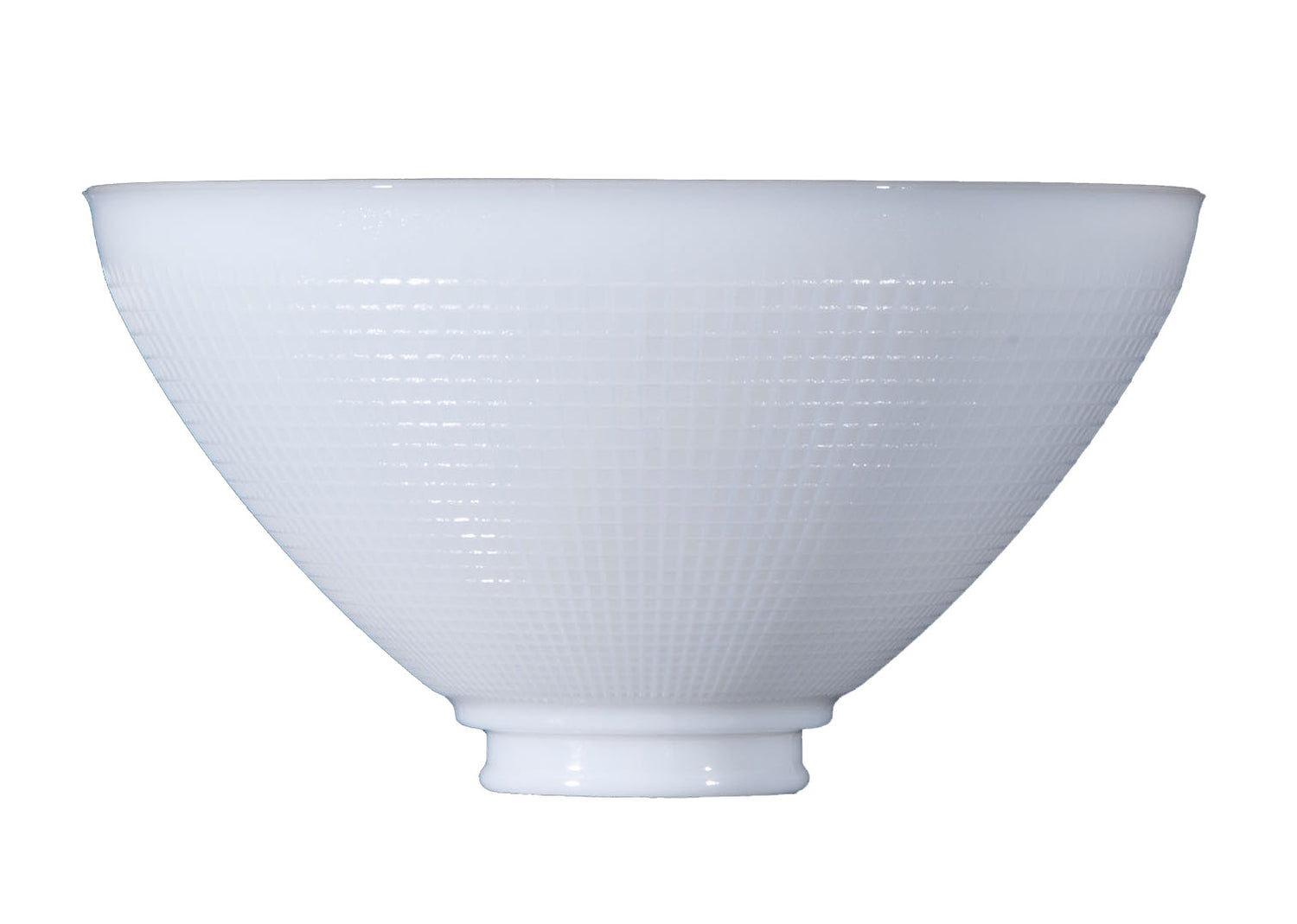When it comes to adding a decorative element to your foyer or dining room, a hanging lamp is an excellent solution. Unlike traditional table lamps or floor lamps, hanging lamps typically direct light downward to create ambiance. There is a wide variety of hanging lamps to choose from, such as chandeliers, pendant lights, island lights, and much more. Although they can be hung as lone light fixtures, they can also be hung in multiples to create even more light. Hanging lamps can be tedious to install, and poor installation can potentially result in electrical shock or fire. However, you can successfully suspend a hanging light fixture with the proper tools and a general understanding of electrical components. In this guide, we teach you how to install hanging lamps.
How to Install Hanging Lamps
Before you attempt to install a hanging light fixture, you must remember to turn off the power on the breaker box. When working with any kind of electrical fixture, you must test to verify whether there is an electric current by using testing equipment. You should also flip the light switch on and off to confirm that the power is off. Next, follow these steps to complete your installation.
1. Assemble your equipment.
Depending on the height at which you plan to install your hanging lamp, a ladder or scaffolding might be necessary to ensure a comfortable working height, especially in the event of a vaulted ceiling. You might also want to keep a screwdriver and wire cutters on hand.
2. Remove the old light fixture.
Disassemble the existing chandelier or pendant. Remove the bulb or any detachable glass parts as well as all nuts and screws that secure the lamp canopy and carefully lower it. Do not let the old light fixture dangle or hang from the wires, because they could easily snap. Remove the screws that secure the crossbar to the electrical box and lower the hanging lamp to safety.
3. Provide sufficient support.
If the lamp weighs more than 50 pounds, you may very well need extra structural reinforcement. A standard ceiling junction box is only designed to handle up to 50 pounds. If you are going to install the hanging lamp between ceiling joists, you will need to buy a fan brace that can support at least 150 pounds. If the lamp will be hung under a ceiling joist, you will need to buy a mounting box instead.
4. Install the fan brace or mounting box.
Place the fan brace through the hole where the old light fixture was located, so that both ends connect with each ceiling joist. Use a wrench to fasten the brace to the joist or attach the mounting box directly to the joist. Slide the wires through the hole in the side of the junction box, so they are still accessible. Fasten any screws with a screwdriver.
5. Build the new hanging lamp.
Assemble the new light fixture before you step onto the ladder or scaffolding. Put all the components together except for the light bulb. Determine the best length for the chain, cord, or metal rod. If the lamp is very heavy, you might even consider purchasing a motorized lift.
6. Test for hot electrical wires.
Restore power to the hanging lamp’s junction box at the main circuit panel. Use a non-contact testing device to make sure that there is no power going to the hot wire. Double check whether there is a grounded wire by holding the neon voltage tester between the hot wire and the metal box. If there isn’t ground, hire a licensed electrician to supply one.
7. Mount the new hanging lamp.
Thread the wires through the new hanging lamp and then safely lift it to the ceiling. You might want a few extra helping hands if the hanging lamp is heavy. Secure the correct wire connections and bolt the new lamp to the ceiling.
8. Complete the lamp installation.
Install the lamp canopy until it fits tight against the ceiling. Add light bulbs and turn on the power. Double check all electrical requirements and wattage ratings before you proceed with the installation. If you happen to have aluminum wiring, we recommend that you contact a licensed professional.
We hope that this guide helps you learn how to install hanging lamps with safety at the forefront. If you have any questions about this article or would like to learn more about our hardware selection, please contact Antique Lamp Supply today to learn more or receive further assistance.

